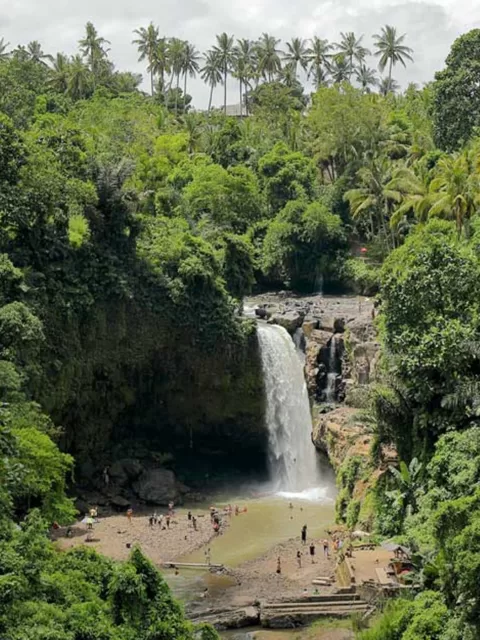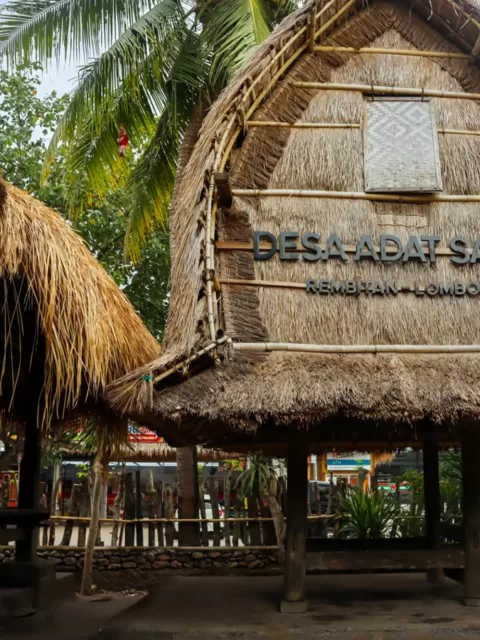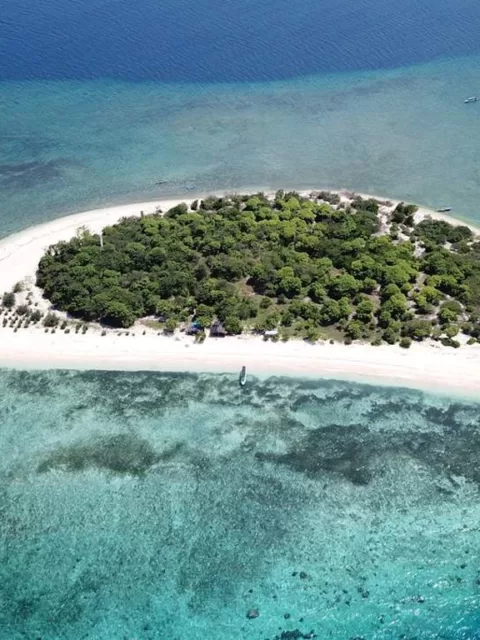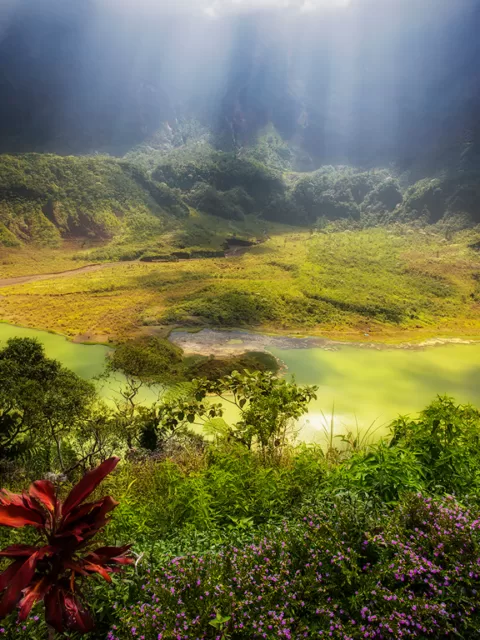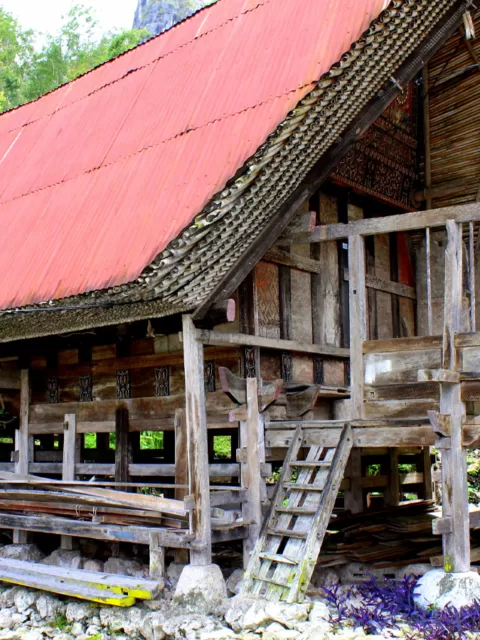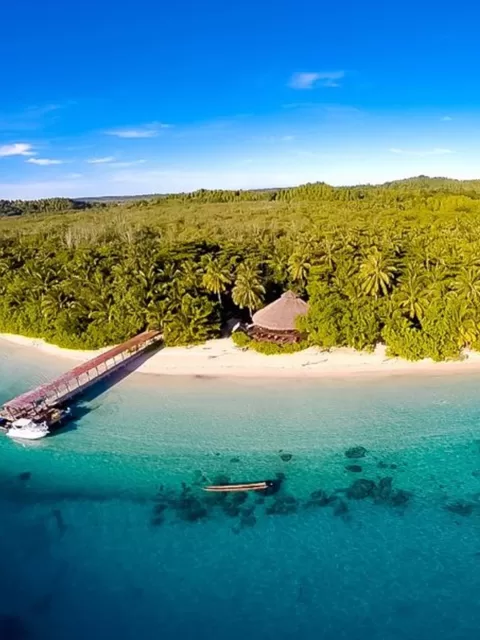Sasak Essence Exploring the Rich Tapestry and Unique Traditions of Suku Sasak
I. Introduction
A. Introduction to the Sasak people (Suku Sasak) Among the various ethnic groups of Indonesia, the Sasak people, known locally as Suku Sasak, hold a distinctive place. As native peoples of Indonesia, this community, predominantly settled on the island of Lombok, contributes to the rich ethnolinguistic groups in Indonesia. Their enduring presence is a testament to the cultural diversity in Indonesia, providing a vivid glimpse into the indigenous communities of the archipelago.
B. Significance of Sasak culture in the context of Indonesia travel To tourists, Sasak culture offers a dive into the ancestral practices of Indonesian tribes. Their unique traditions, customs, and rituals provide an authentic touchstone to the indigenous heritage in Indonesia, making Lombok an enticing destination for those keen on experiencing the Indonesian tribal traditions firsthand.

II. Historical and Cultural Background
A. Historical origins and heritage of the Sasak people The Sasak people trace their origins back centuries, having lived and thrived on Lombok long before external influences made their way to the island. These traditional Indonesian tribes have managed to preserve their cultural and historical heritage, despite the waves of migrations and foreign influences.
B. Connection between Sasak culture and Indonesian history Lombok, the primary abode of the Sasak, has seen influences from neighboring Balinese and Javanese cultures. The island’s history, dotted with the Sasak’s resistance and resilience, intertwines with the broader narrative of Indonesia’s diverse past. Their stories and folklore are integral components of indigenous storytelling in Indonesia.
C. Influence of Sasak culture on contemporary Indonesia travel Modern Indonesia travel is incomplete without the inclusion of the Sasak culture. Their indigenous art and crafts, coupled with their unique traditions, are pivotal in showcasing the ethnographic diversity in Indonesia. Tourists visiting Lombok are invariably drawn to the Sasak’s traditional way of life, which enhances their Indonesian travel experience.

III. Diversity within Sasak Communities
A. Different Sasak subgroups and regions Though united under the broader Sasak identity, the community boasts various subgroups. These subgroups, distinguished by slight linguistic variations, rituals, and traditions, further add to the ethnic identities in Indonesia.
B. Geographical distribution of Sasak communities in Indonesia Primarily concentrated on Lombok Island, the Sasak communities have dispersed across various regions, each adapting to its local topography and resources. This geographic distribution has given rise to diverse practices within the larger Sasak community.
C. Unique cultural aspects of specific Sasak subgroups From the famed Sasak weaving techniques to the distinctive Peresean (stick fighting), each Sasak subgroup brings a distinct flavor to the cultural tapestry. These traditions, besides being integral to the Sasak way of life, offer travelers a rich, immersive experience, enhancing their Indonesia travel ventures.

IV. Traditional Sasak Practices and Rituals
A. Overview of traditional Sasak customs and rituals Steeped in history and ancestral beliefs, the Sasak’s native customs and rituals are a vibrant reflection of their worldview. Whether it’s the Bau Nyale festival, where they hunt sea worms, or their unique marriage customs, each ritual offers a window into their ethos.
B. Rituals, ceremonies, and festivals in Sasak culture The Sasak calendar is replete with festivals and ceremonies. These events, deeply symbolic and rooted in ancient beliefs, range from agricultural festivals to rites of passage. They not only bind the community together but also attract tourists keen on experiencing the traditional knowledge of Indonesian tribes.
C. Indigenous arts, crafts, and traditional knowledge The Sasak are renowned for their handicrafts, especially their weaving techniques. Beyond crafts, their traditional knowledge encompasses architecture, as seen in their bamboo houses, and music, with traditional instruments like the gendang beleq. For travelers, these indigenous art forms are tangible connections to the ancestral communities of Indonesia.
V. Sasak Cuisine and Culinary Traditions
A. Traditional Sasak dishes and recipes Sasak cuisine, spicy and flavorful, mirrors Lombok’s rich agricultural bounty. Staples like “Ayam Taliwang” (grilled chicken) and “Plecing Kangkung” (spicy water spinach) are representative of their culinary heritage, offering travelers a delectable journey through Sasak flavors.
B. Culinary experiences for travelers For tourists, dining in a traditional Sasak house or tasting street food in Lombok’s markets is a memorable experience. These culinary journeys, enriched by the Sasak’s hospitality, provide an authentic taste of Lombok and its indigenous heritage.
C. The role of Sasak cuisine in enhancing Indonesia travel Food is a universal connector, and Sasak cuisine is no exception. As travelers explore Lombok, the island’s flavors become an integral part of their memories, making Sasak culinary traditions a cornerstone of the Indonesia travel experience.

VI. Exploring Sasak Villages
A. Authentic Sasak village experiences for tourists Venturing into Sasak villages like Sade or Ende offers travelers an unfiltered glimpse into the Sasak way of life. From observing traditional weaving to engaging with local artisans, these village tours epitomize the cultural preservation among Indonesian tribes.
B. Staying in Sasak homestays Opting for a Sasak homestay is more than just accommodation—it’s a cultural immersion. Tourists staying in these traditional homes are introduced to the Sasak lifestyle, from their daily routines to their communal interactions, enhancing the experiential aspect of Indonesia travel.
C. Immersion in daily life in Sasak communities For travelers seeking a deeper connection, participating in Sasak daily activities is enlightening. Be it farming, fishing, or crafting, these experiences forge bonds between tourists and the community, making their Indonesian journey truly unforgettable.

VII. Adventure and Eco-Tourism
A. Adventure opportunities in Sasak regions Lombok, with its pristine beaches, waterfalls, and trekking trails, promises adventure enthusiasts a myriad of opportunities. The Sasak’s traditional knowledge further enriches these adventures, be it a guided trek or a fishing trip.
B. Sasak contributions to eco-tourism initiatives With a deep-rooted respect for nature, the Sasak have been pivotal in promoting eco-tourism in Lombok. Their sustainable practices, from organic farming to conservation efforts, serve as models for eco-friendly tourism initiatives.
C. How Sasak culture and the natural beauty of the region enhance adventure and eco-tourism in Indonesia The confluence of Sasak culture with Lombok’s natural beauty provides a unique eco-tourism experience. Travelers, while basking in Lombok’s splendors, also gain insights into the Sasak’s harmonious relationship with their environment, making their adventure both enlightening and enjoyable.

VIII. Conservation and Sustainable Tourism
A. Efforts to preserve Sasak culture and the environment The Sasak, aware of the pressures of modernization, have made concerted efforts to preserve their cultural and environmental heritage. Community-led initiatives, from reforestation to cultural workshops, underline their commitment to conservation.
B. Collaborative initiatives with tourists in conservation Tourists are increasingly involved in Sasak conservation efforts. Be it tree planting or participating in cultural workshops, these collaborations foster a sense of shared responsibility, ensuring that the Sasak heritage remains vibrant for future generations.
C. Balancing tourism with cultural preservation in Indonesia travel with Sasak communities Striking a balance between tourism and cultural preservation is pivotal. The Sasak, while welcoming tourists, also emphasize the importance of respecting their traditions. This mutual understanding ensures that tourism thrives without compromising the Sasak’s cultural integrity.
IX. Challenges and Considerations
A. The impact of modernization on Sasak culture While modernity has brought several benefits to Lombok, it also poses challenges to the preservation of Sasak traditions. As younger generations are lured by urban prospects, there’s a growing concern about the dilution of Sasak cultural practices.
B. Ethical and responsible tourism practices in Sasak regions The surge in tourism, if unchecked, can strain Lombok’s resources and infringe on the Sasak’s privacy. Promoting ethical and responsible tourism practices ensures that the relationship between tourists and the Sasak remains harmonious and beneficial.
C. Future challenges and the sustainability of Indonesia travel with Sasak communities As Lombok’s popularity grows, so do the challenges of infrastructure, environmental conservation, and cultural preservation. Collaborative efforts between the Sasak, authorities, and tourists will be key in ensuring a sustainable future for Lombok and its indigenous communities.
X. Conclusion
A. Recap of the significance of Sasak culture in Indonesia travel The Sasak, with their rich traditions, arts, and history, are an integral part of Indonesia’s cultural mosaic. Their significance in the context of Indonesia travel lies in their ability to offer tourists an authentic, immersive experience.
B. Encouraging responsible and culturally sensitive tourism The onus of preserving Sasak culture isn’t just on the community but also on the travelers. Adopting a respectful and culturally sensitive approach ensures that tourism benefits both the tourists and the Sasak, preserving Lombok’s cultural and environmental heritage.
C. The lasting impact of Sasak cultural experiences on travelers A journey to Lombok is more than just a holiday—it’s an exploration of a culture, a history, and a way of life. The memories etched during this journey underscore the importance of indigenous communities in shaping our understanding of the world, leaving travelers enriched and enlightened.





